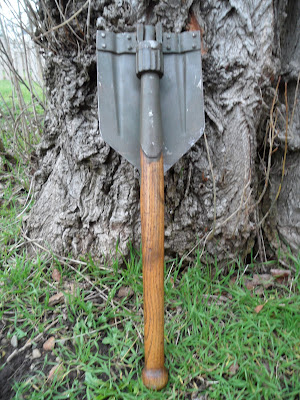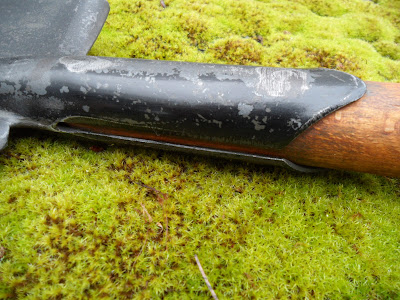We made a quick stop at one of our favorite thrift stores to see if there was anything new that we couldn't live with out. I spotted a lone photo on a table, and immediately I knew it was not an "ordinary" family photo. The price was right and of course I snapped it right up!
The photo is of a Swedish Army soldier that was taken some time in the late 1800's. My best guess would be some time in the 1880's.
The photo was taken by a Stockholm photographer. One very interesting detail is that it lists one of the early telephone numbers for the business. It is little clues like this that help date a photo. The first telephone lines were installed in Stockholm in 1877.
The soldier in the photo is wearing a Model 1878 uniform. These uniforms were first issued in 1878 and were worn until 1906, when the new Model 1906 uniforms were issued. Some of the old Model 1878 uniforms continued to be worn past 1906, as they were phased out.
The photo is a typical "parlor card" photo that was very popular during the late 1800's and early 1900's. When all of these clues are taken into consideration, it is safe to say that this photo was taken some time in the late 1800's (plus or minus a few years on either side).
Photos of the old Model 1878 uniforms aren't often seen, so I am thrilled that it found its way into the collection.
Here are some closer looks at the photo and some of the finer details.


























































